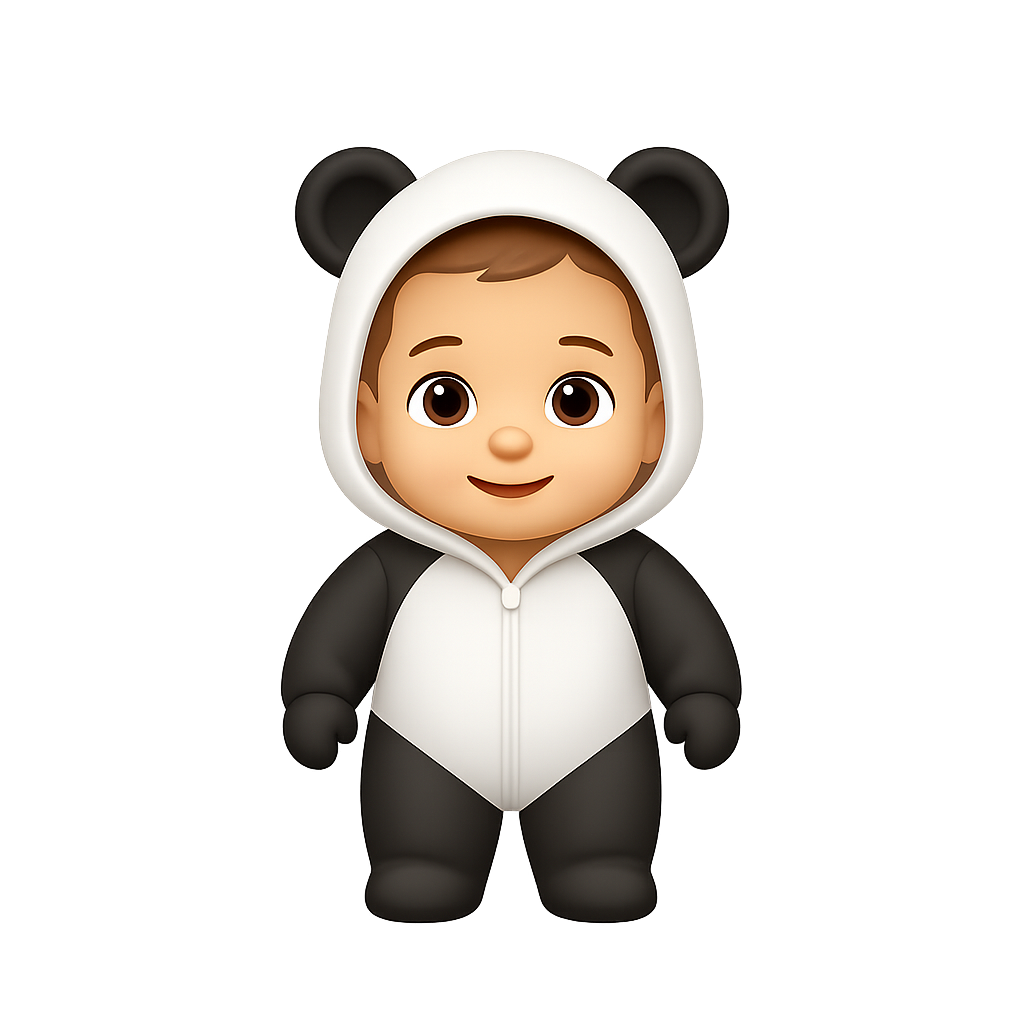How AI Baby Generator Technology Works: The Science Behind Future Baby Predictions
Have you ever wondered how artificial intelligence can predict what your future baby might look like? The technology behind AI baby generators is genuinely fascinating, combining cutting-edge machine learning, computer vision, and genetic probability modeling. In this comprehensive guide, we'll explore the science that makes these predictions possible.
The Foundation: Machine Learning and Neural Networks
AI baby generators rely on sophisticated machine learning algorithms, specifically deep neural networks trained on millions of facial images. These neural networks learn to identify and understand the subtle relationships between parental features and potential offspring characteristics. The process begins with data collection, where scientists compile extensive databases of family photographs spanning multiple generations.
The neural networks analyze thousands of data points on each face, including eye color, nose shape, bone structure, skin tone, and facial proportions. Through a process called deep learning, these systems gradually develop an understanding of genetic inheritance patterns without explicitly programming each rule. This allows them to make remarkably accurate predictions based on learned patterns from real family data.
Computer Vision: Reading Your Facial Features
Before any prediction can be made, the AI must first analyze and understand your facial structure. This is where computer vision comes into play. The system uses advanced facial recognition technology to map out key facial landmarks, including the distance between your eyes, the width of your nose, the shape of your jawline, and the contours of your cheeks.
Modern AI baby generators use what's known as facial landmark detection to create precise 3D models of each parent's face. This process involves identifying 68 or more specific points on the face that define its unique geometry. The AI then measures distances, angles, and ratios between these points to create a mathematical representation of your facial features. This numerical data becomes the input for the genetic blending algorithm.
The Genetic Blending Algorithm
Once both parents' faces are mapped and analyzed, the AI applies a sophisticated genetic blending algorithm. This algorithm simulates how genetic traits are inherited from each parent, using principles based on Mendelian genetics and observed inheritance patterns from real family data. The system considers both dominant and recessive traits, as well as how different features combine when inherited from two parents.
The blending process is far more complex than simple averaging. For example, eye color involves multiple genes, and the AI must consider how different parental eye colors interact genetically. Similarly, facial bone structure follows complex inheritance patterns that the algorithm has learned from analyzing thousands of parent-child relationships. The result is a prediction that reflects realistic genetic probabilities rather than just visual averaging.
Training the AI: Learning from Real Families
Perhaps the most crucial aspect of AI baby generators is how they're trained. These systems learn by analyzing actual family photos and learning the real patterns of how children resemble their parents. Training data typically includes photographs of parents and their actual children, allowing the AI to identify which features are commonly inherited and in what ways.
The training process requires millions of parent-child image pairs from diverse ethnic backgrounds, ages, and family structures. The AI learns not just what features look like, but how they combine, transform, and blend across generations. This extensive training is what makes modern AI baby generators so accurate and realistic in their predictions.
The Limitations and Realities
While AI baby generators use impressive technology, it's essential to understand their limitations. These predictions are probabilistic rather than definitive. The AI makes educated guesses based on visible features and learned patterns, but it cannot account for the full complexity of human genetics, including the effects of multiple gene interactions, environmental factors, or rare genetic variations.
Additionally, the predictions work best when both parents' photos are clear, well-lit, and taken from similar angles. The accuracy also depends on how well the training data matches the specific ethnic backgrounds of the parents. Despite these limitations, many families find these predictions to be remarkably accurate, especially for dominant facial features.
The Future of AI Baby Prediction
The technology behind AI baby generators continues to evolve rapidly. Researchers are working on incorporating more sophisticated genetic modeling, accounting for additional traits like hair texture, skin undertones, and even personality-associated facial features. Some systems are beginning to consider multi-generational patterns, predicting how a child might look at different ages as well.
The integration of actual genetic data, with appropriate privacy protections, could further enhance accuracy in the future. As AI technology advances and training datasets grow more comprehensive, we can expect increasingly detailed and accurate predictions that capture even more nuances of genetic inheritance.
RELATED ARTICLES
Genetics vs AI Prediction: What Scientists Say About Seeing Your Future Baby
Explore what geneticists and AI researchers say about predicting your baby's appearance. We dive into the intersection of genetics, probability, and artificial intelligence in family planning.
The Best AI Tools for Expecting Parents in 2025: From Ultrasounds to Baby Predictions
Discover the latest AI-powered tools revolutionizing pregnancy and parenting. From enhanced ultrasounds to genetic visualization, explore how technology is supporting families throughout their journey.
